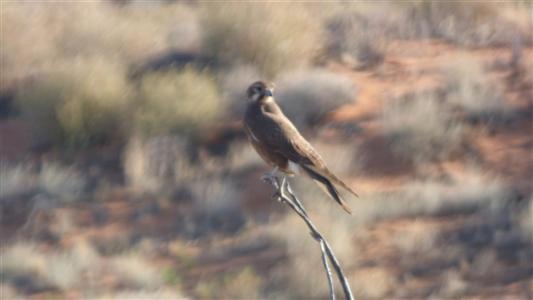
This was not far away when we first looked out of the window in the morning.
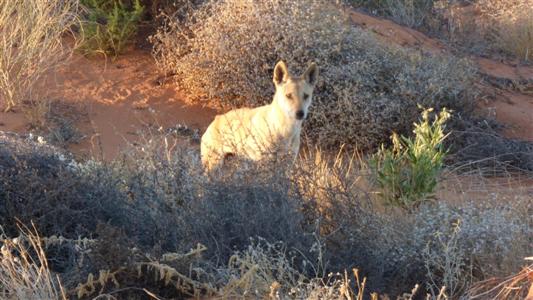
Different ears.

It seems to have adopted us.
Less nervous than yesterday.
There is usually at least one near our campsites wherever we are.

It hasn't changed.
There is no wind. No noise.
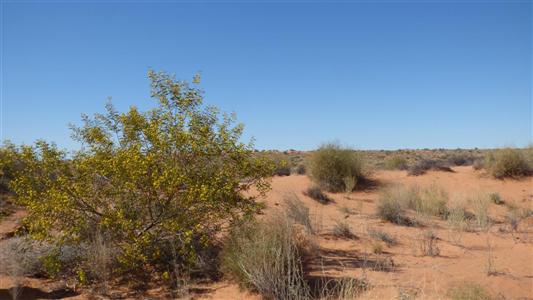
We took in the flowers on an Acacia tree.
We have decided that our address is not 42 Acacia Avenue. It always seemed like the default address for middle class England. So far away from this Acacia.
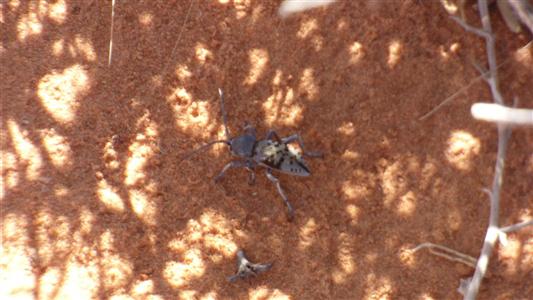
Perhaps its the way we are blundering around. Or our desire for daylight.
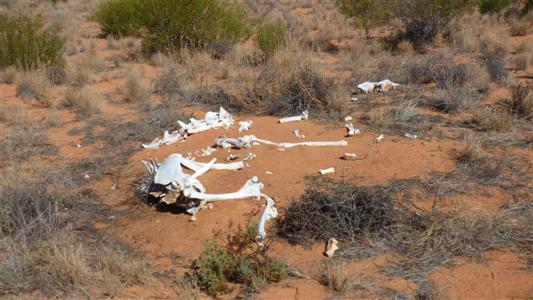
Fortunately, it wasn't ours. And we don't know how it died, or when.
We've seen a couple of camel tracks, some droppings, and now a skeleton.
But not yet a live camel.
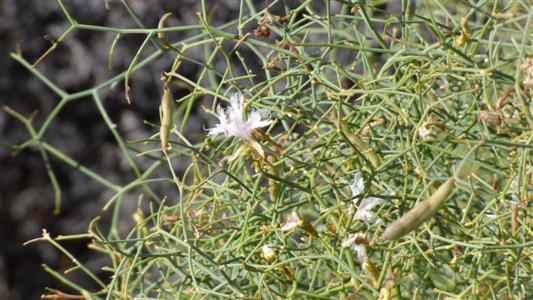
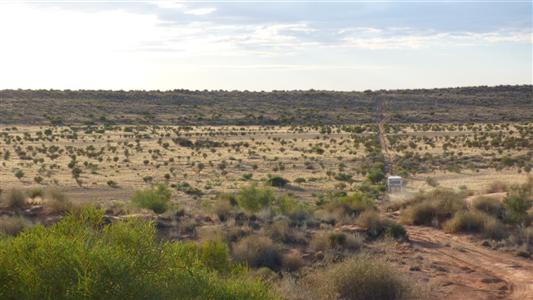
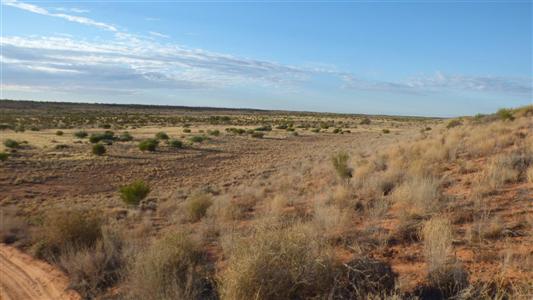

We know the desert can be divided into regions by vegetation and dune type.
Just that reading about it and seeing it may be different things.
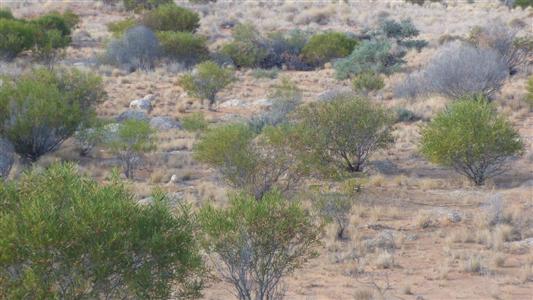
Just a small patch of crumbly gypsum.
But nevertheless, rock.
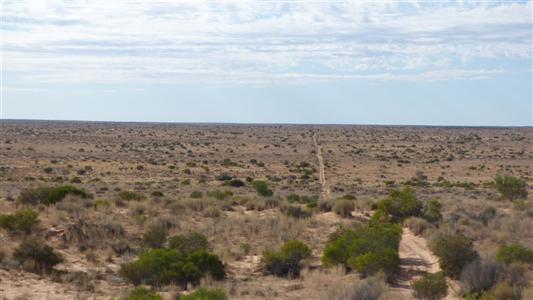
Have you any idea how difficult it is to pick one's nose while being bounced around in the cab.
In places previous vehicles have scalloped the sand.
The frequency and size of the pleasantly rounded humps seems to just match the wheelbase of our truck.
So, like some mechanical kangaroo, we hop down, or occasionally up, some of the dunes.
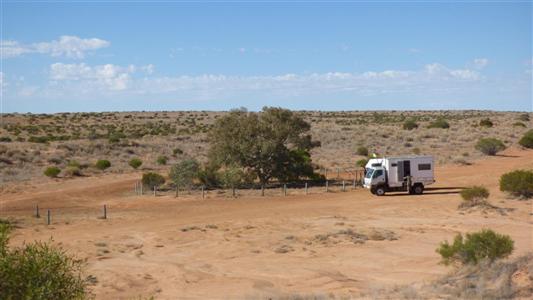
Unknown origin, unknown age.
Reminded me of auto-immune disease - cause unknown, no cure.
Its a coolabah.
And has a couple of baby coolabah.
There are reputedly (at least marked on one of our maps as such) many coolabah trees in the south east of the desert. The winds blow from the south.
On the other hand, the Knolls Track aligns roughly with the Plenty River which disappears into the desert a couple of hundred km to the north west. Conceivably a seed could have been washed southwards many moons ago.
Usually not noticeable, vehicles circling it, and the wind, have eroded around the tree, about 600mm.
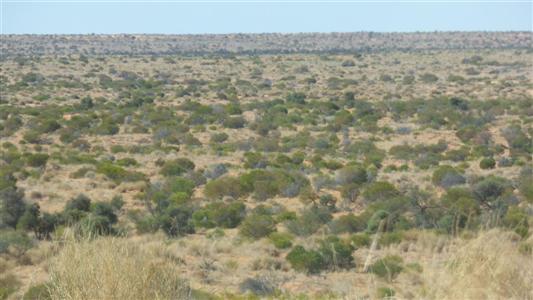
The dunes are very much further apart than when we started.
And higher.
And wider.
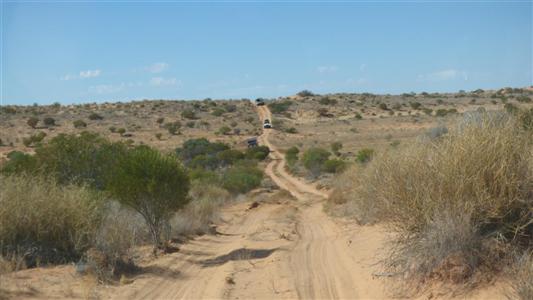
We pulled off the track to let them pass.
We had heard on the radio (channel 10) that they were considering whether they could reach Dalhousie tonight.
We thought it feasible.
But a very long day that we would have no need to consider.
We think we are here to smell the roses. And no matter how long we are here it won't be long enough.
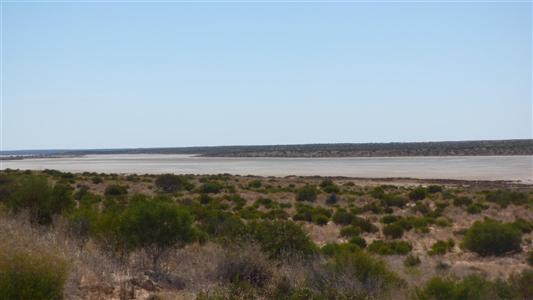
Lakes that fill occasionally.
We've seen them on the map.
But that didn't quite prepare us.
"Big" comes to mind.
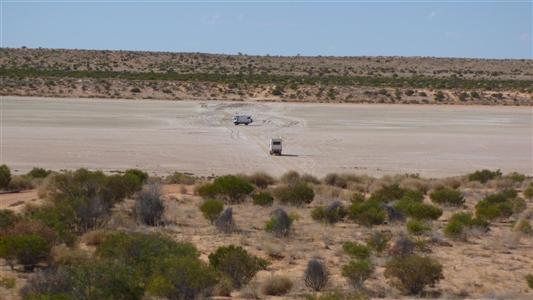
Today we got to take the short cut.
Not the first.
Probably not the last.
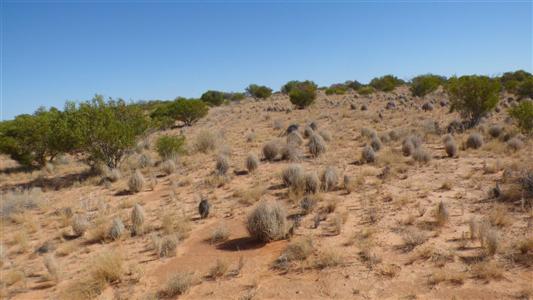
But really dry vegetation.
Neatly folded in on itself.
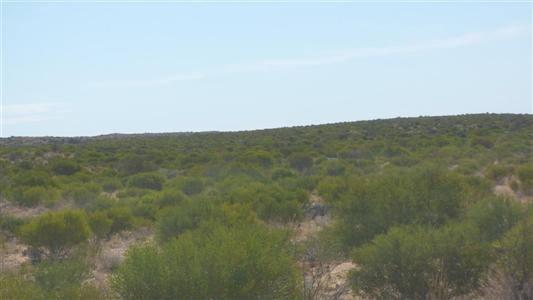
The Acacias are gathering!
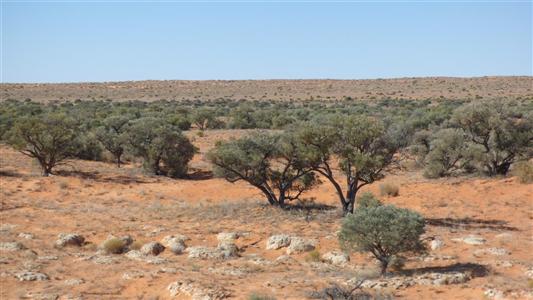
Gidgee trees.
And more rock (gypsum).
A very distinct change.
The Knolls Track is a bit different. Not the more or less straightness of someone following a compass bearing. More a ducking round unseen obstacles with endless corners.
At one time parallel to a dune seeming halfway up its side.
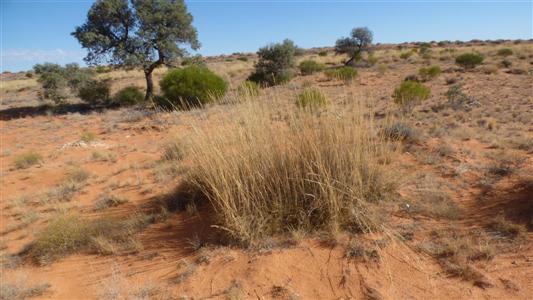
There's been a bit. But not the amount we expected.
It certainly isn't the dominant plant.